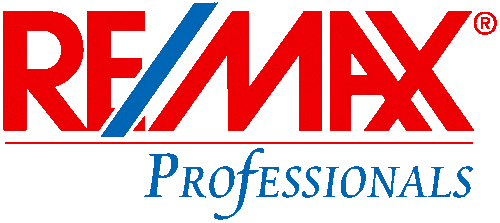St. Albert says the 55-acre, 15-megawatt solar array could power 25,000 homes and generate $2.4 million for the city each year
St. Albert, Alberta, will be host to a 15-megawatt solar farm in just two years, city council has decided — one that will power 25,000 homes and generate some $2.42 million a year.
St. Albert council voted 6-1 June 21 to approve the project charter for the $26.1-million solar farm that would be built on 55 acres of city-owned land, known as the Badger Lands.
Council also voted 6-1 on first reading of a bylaw to borrow up to $33.7 million to fund the project (the estimated cost plus 25-per-cent contingency).
Sheena Hughes was the only council member opposed to both motions.
City administration hired the energy firm ATCO to craft plans for the farm. ATCO’s design would see approximately 34,350 rack-mounted, double-sided solar modules, and recommended the city build it all in one go.
“You want to install the biggest solar farm you can afford to achieve economies of scale,” explained ATCO engineer Rachel Si.
Si told council the Badger Lands were a good site for a solar farm as they are flat, accessible, city-owned, salt-contaminated (meaning they would require expensive cleanup for most other uses), and close to an electrical substation.
ATCO officials told council the farm would produce about 21,800 megawatt-hours of electricity a year — enough to power some 25,000 homes, or 96 per cent of the homes in St. Albert, which is located close to Edmonton in north central Alberta.
Studies suggest this would prevent some 15,449 tonnes of greenhouse-gas emissions a year — equivalent to not burning 205 tanker trucks’ worth of gasoline.
Council heard the farm would cost about $110,000 a year to run. Power sales, carbon credits, and other revenue sources would result in net annual revenues of about $2.42 million a year, or $41 million over the 30-year life of the farm. The array would pay for itself in 12.8 years, provide stable electricity costs, and reduce the city’s carbon emissions. These predictions did not account for potential grants.
City environmental manager Christian Benson said solar has been a proven technology since the 1970s and is easy to use and maintain. Alberta has about 35 large solar farms in operation and in production, including projects in Innisfail and Fort Chipewyan.
“The economics are solid,” Benson said, with solar farms drawing considerable foreign investment to Canada.
Hughes criticized ATCO’s projections as overly optimistic, as they assumed Canada’s carbon tax and energy prices would ramp up considerably in the coming decades.
“I’m not going to assume [Prime Minister] Trudeau is going to raise the carbon tax to $170 a tonne over time as a business model,” she said. (The federal government has said the tax would reach that level in 2030.)
Hughes said this project would merely break even if carbon taxes and energy prices stayed flat, which she argued was not worth a potential $33-million investment.
The borrowing bylaw was scheduled to return to council August 30. If approved, the farm would start construction in July 2022 and be operational by April 2023.














